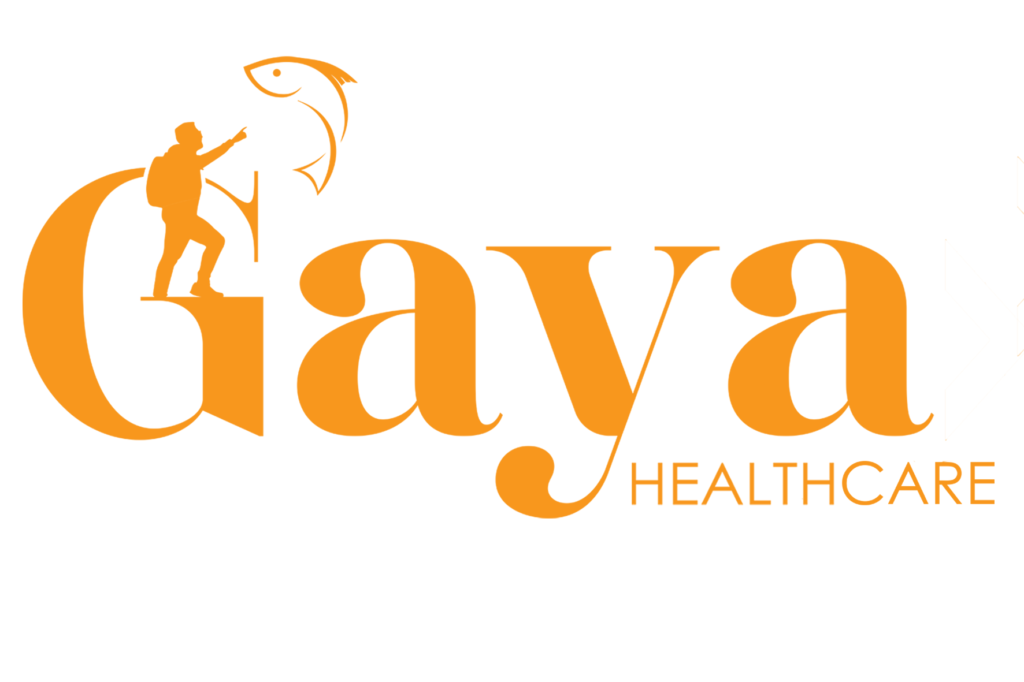
Menu
Wound Care
  Wound Care billing involves the process of submitting claims, managing reimbursements, and handling financial transactions related to medical services provided in the field of wound care. Wound care typically includes the assessment, treatment, and management of wounds, ulcers, and other skin-related conditions.
Patient Registration and Verification:
  The billing process starts with accurate patient registration, including demographic details and insurance information.
  Verification of insurance coverage is essential to determine patient eligibility and coverage for wound care services.
Procedure Coding:
  Certified coders assign specific Current Procedural Terminology (CPT) codes to accurately represent the wound care services provided.
  Diagnosis codes from the International Classification of Diseases (ICD-10) are used to describe the patient's medical condition and the reason for wound care.
Charge Capture:
  Charges for each wound care procedure, evaluation, and treatment are accurately captured for billing.
  Proper documentation of the type of wound, size, depth, and any procedures performed is crucial for billing accuracy.
Claim Generation:
  Claims are generated with detailed information about the patient, wound care procedures performed, and associated charges.
  Claims can be submitted electronically to insurance carriers or through traditional paper methods, adhering to specific payer requirements.
Claim Submission:
  Claims are submitted to various insurance carriers, including private insurance, Medicaid, Medicare, and other relevant payers.
  Submission follows the unique guidelines and requirements of each payer to maximize the chances of prompt reimbursement.
Insurance Follow-Up
  Regular follow-up is conducted to track the status of submitted claims, ensuring they are processed and paid in a timely manner.
  Addressing any denials, rejections, or discrepancies through appeals or necessary corrections.

